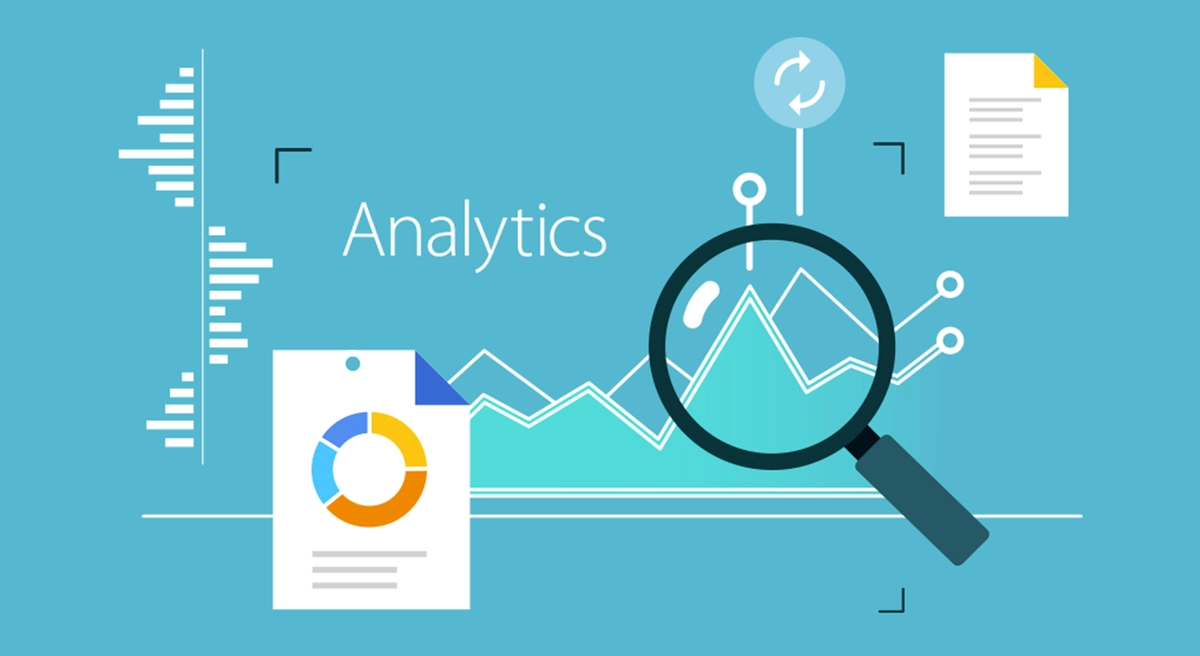
In today's digital landscape, data is king. Every click, view, and interaction leaves a digital footprint that savvy marketers can leverage to optimize their strategies. This is where data-driven content comes into play. By harnessing the power of analytics, marketers can gain valuable insights into audience behavior, preferences, and trends, enabling them to create more targeted and effective content. In this blog, we'll explore the significance of data-driven content and provide actionable strategies for leveraging analytics in your marketing efforts.
The Power of Data-Driven Content:
Data-driven content refers to the practice of using data and analytics to inform content creation and distribution decisions. Unlike traditional guesswork-based approaches, data-driven content relies on empirical evidence to guide strategy. By analyzing metrics such as audience demographics, engagement rates, and conversion paths, marketers can gain a deeper understanding of their target audience and tailor their content accordingly. This results in content that is more relevant, impactful, and ultimately more successful in achieving marketing objectives.
Why use analytics for content marketing?
The use of analytics in content marketing offers several compelling benefits:
- Insightful Audience Understanding: Analytics provide valuable insights into audience demographics, interests, and behavior, allowing marketers to create content that resonates with their target audience.
- Performance Tracking and Optimization: By tracking key performance indicators (KPIs) such as engagement metrics, conversion rates, and ROI, marketers can evaluate the effectiveness of their content and make data-driven optimizations to improve results.
- Enhanced Content Personalization: Analytics enable marketers to segment their audience based on various criteria and deliver personalized content experiences tailored to each segment's preferences and needs.
- Identifying Emerging Trends: By monitoring trends and patterns in audience behavior, marketers can identify emerging topics and themes that are relevant to their audience, allowing them to capitalize on timely opportunities.
- Data-Backed Decision Making: Analytics provide objective data to inform content strategy decisions, reducing guesswork and increasing the likelihood of success.
Strategies for Leveraging Analytics in Your Content
To effectively leverage analytics in your content marketing efforts, consider the following strategies
Audience Segmentation
Use analytics to segment your audience based on factors such as demographics, interests, and buying behavior. Tailor your content to address the unique needs and preferences of each segment.
Content Performance Analysis
Regularly monitor and analyze the performance of your content using analytics tools. Identify top-performing content and replicate its success, while also identifying underperforming content and making optimizations to improve results.
A/B Testing
Experiment with different content formats, headlines, calls-to-action, and other variables using A/B testing techniques. Analyze the results to identify which variations resonate best with your audience and refine your content accordingly.
Keyword Research
Use analytics tools to conduct keyword research and identify high-potential keywords and topics relevant to your audience. Incorporate these keywords strategically into your content to improve search engine visibility and attract organic traffic.
Social Media Listening
Monitor social media channels using analytics tools to track conversations, sentiment, and trends related to your brand and industry. Use these insights to inform your content strategy and engage with your audience effectively.
Conclusion
In an increasingly competitive digital landscape, data-driven content has become essential for marketers looking to stand out and achieve their objectives. By harnessing the power of analytics, marketers can gain valuable insights into audience behavior, optimize their content strategy, and ultimately drive better results. By implementing the strategies outlined in this blog, you can unlock the full potential of data-driven content and take your marketing efforts to the next level.
What to read next

